innovation both inside and out:
BAU433 Zhangjing Nobel Lake Park & Network
Pudong District, Shanghai City, China
Discipline
Landscape ArchitectureTypology
Public parkCity
Pudong District, Shanghai City, ChinaDate
2010-2013Status
CompletedClient
Zhangjiang Limited CompanyProgram
Five tea houses, two large pavilions, sheltered seating, signage, plazas, playgroundsInnovation both inside and out
In 2008 BAU was commissioned to improve the public open space of 1 sq km of the central innovation zone of the Zhang Jiang Hi-Tech district of Shanghai. In the heart of this new district, Nobel Park had been established, but it was not being used by the local office workers nor the local residents. Unfortunately, an opportunity to add vitality to a lifeless precinct had been missed.
The Nobel Park renovation is the first of several BAU proposals aimed at energizing the district. The three major propositions were firstly, an increase the amount of residences in the area, secondly, the creation of a commercial street loop, and thirdly a transformation of the existing green system into a continuous and legible active park network.
The existing park system, created in the 1980s was serving as little more than a green lunchtime retreat. This project’s aim is to support the district’s innovation agenda by acknowledging that important ideas can occur both inside and outside the laboratory. A park in this precinct should provide potential for a multiplicity of activities and outcomes: cross-fertilisation of ideas; social environments; physical exercise and training; outdoor office work; team and individual play; sleeping (dreaming); drinking and eating; and engaging with nature.
New programs have been introduced to the park in the form of six restaurant-bars-cafes; eight pavilions with seats and tables; a basketball court; a hammock pavilion; five small plazas; a solar pavilion band stand; new creek-sidewalks; an outdoor gym; and an events lawn large enough to accommodate the annual beer festival marquee.
The existing parks in the innovation zone formed an almost continuous green network, but not quite. Circulation within this extensive but not completely networked green public open space was dominated by meandering pathways creating illegible and impermeable public access. By strategically adding some small linear parks a continuous green spatial organization full of potential is developed. To this now permeable network is added legible circulation, themed planting material, and careful navigation/orientation design, which enables the network to perform as an extensive alternative circulation system to the roads, and attract more users through the park. Straight tree-lined pedestrian avenues now link plazas with the entrances to the park, enhancing the visual and physical links between the different areas. Within each entrance or plaza a land-mark totem is positioned on axis and within the tree-lined paths. The totems contain signage and directions for park users.
A red ‘solar’ pavilion, functions as the central landmark of the newly renovated park. Equipped with photo voltaic cells powering a large ceiling fan and lighting, and with solar hot water system warming its masonry seating in winter, the pavilion provides a refuge in the extreme climatic conditions of Shanghai. Another red pavilion shelters a web of hammocks over white crushed stone. Numerous small steel pavilions provide shelter to tables and benches for either work or recreation. Seating is provided frequently throughout the park, borrowing its design identity from circuit board motifs also found in the paving design. The restaurant-bar-cafe buildings vary according to their locations. Each utilize strategies to reduce visual impact on the park and to blur public-private boundaries.
- Infrastructure
- Public
- Residential
- Healthcare
- Education
- Culture
- Office
- Retail
- Hotel
- Hospitality
- Mixed Use
- Sports
- Planning
- Urban Design
- Public Landscapes
- Private Landscapes
- Playgrounds
- Structures & Pavillions
- Residential
- Healthcare
- Education
- Culture
- Office
- Retail
- Hotel
- Hospitality
- 2023
- 2024
- 2021
- 2020
- 2019
- 2018
- 2017
- 2016
- 2015
- 2014
- 2013
- 2012
- 2011
- 2005-2010
- 2000-2005
- 1990-2000






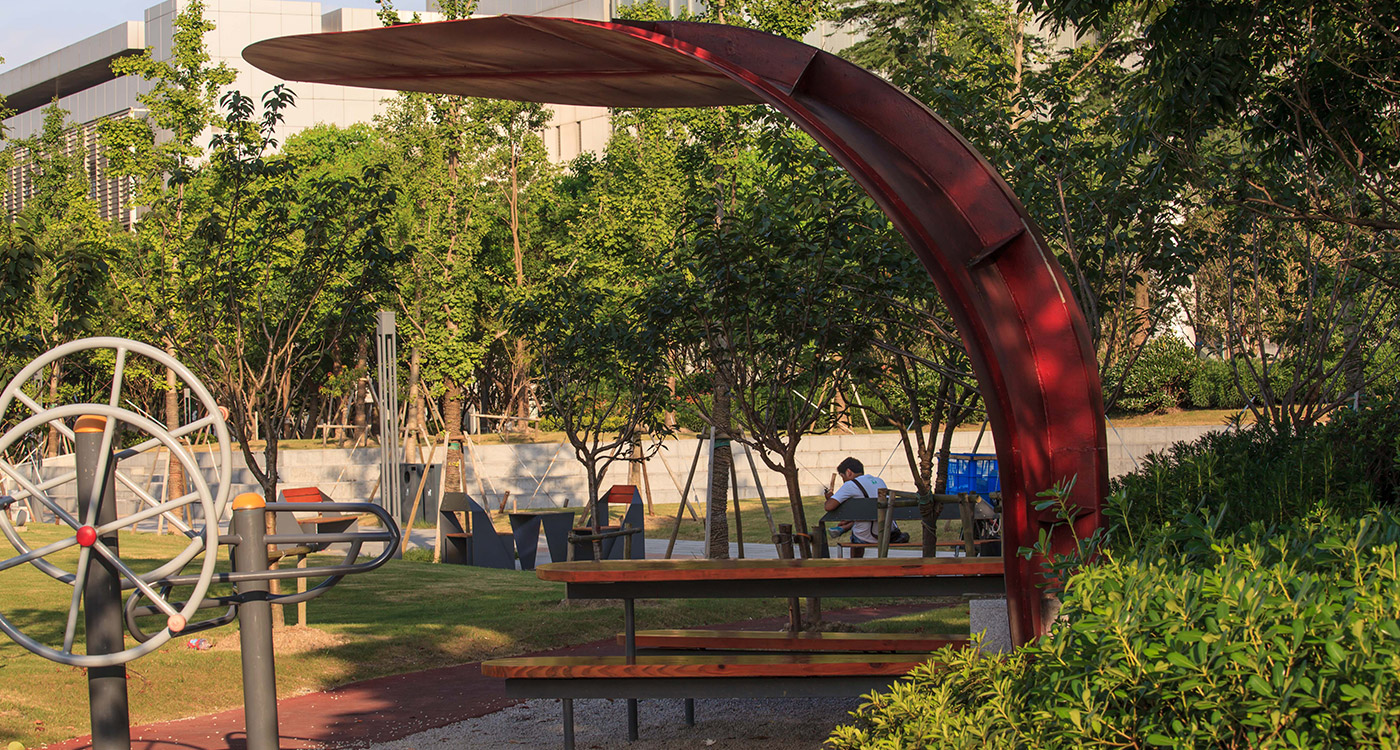

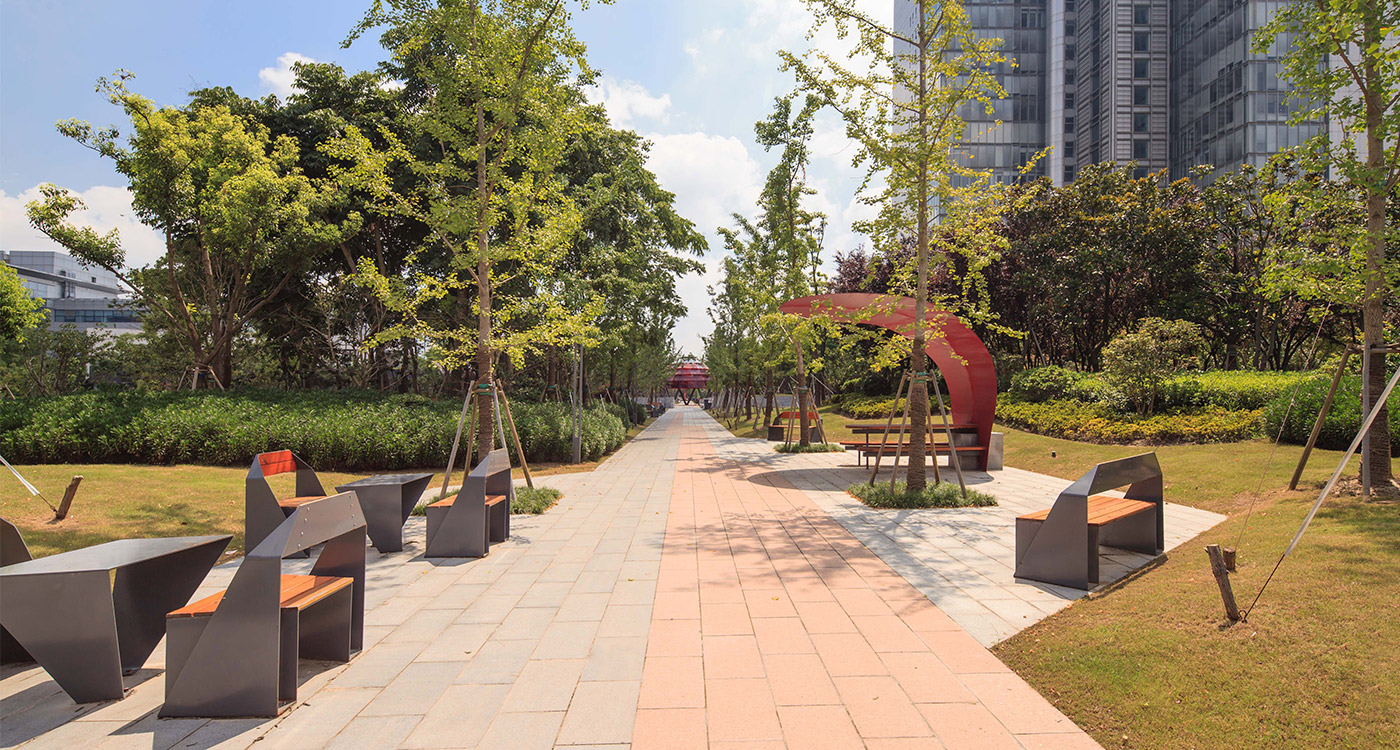


























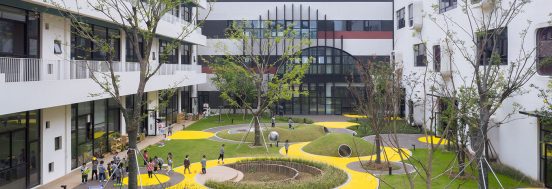











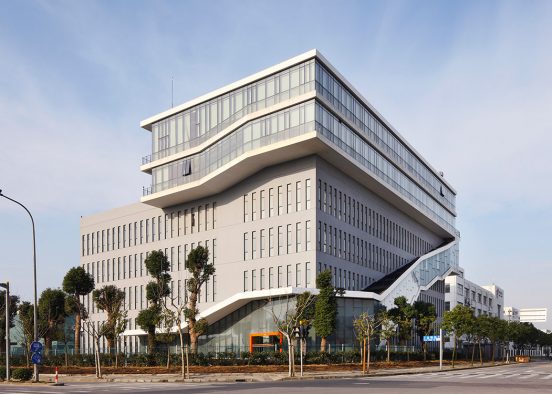


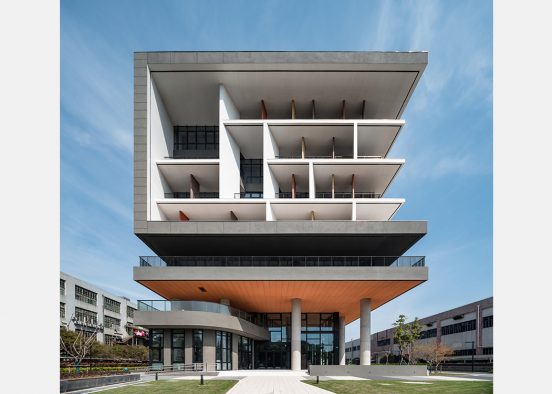


















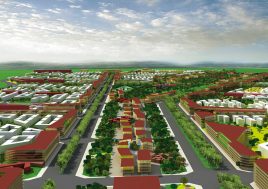





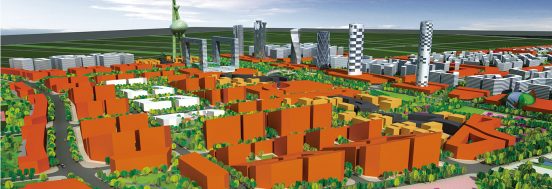







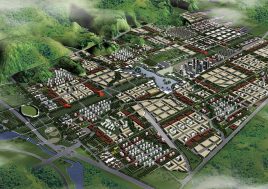










































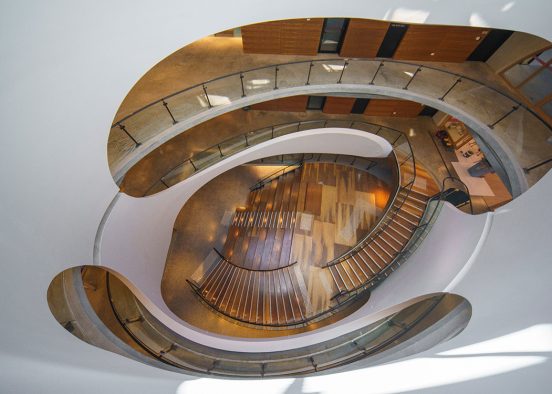








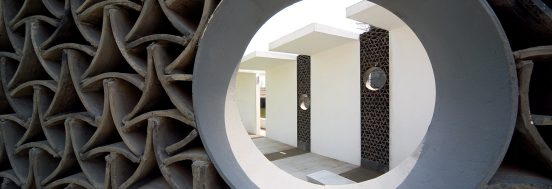

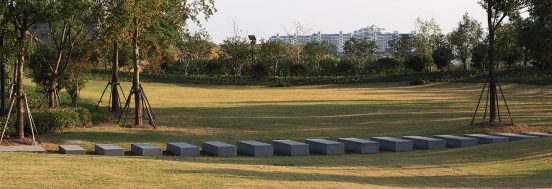
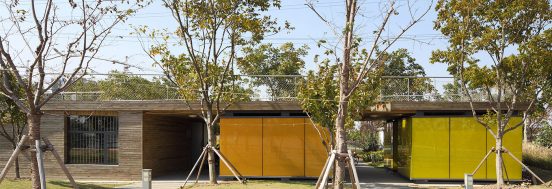


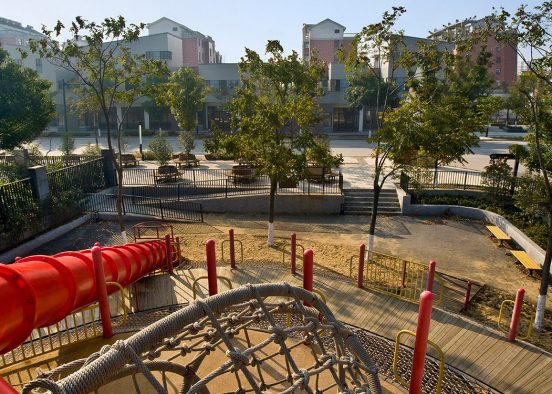













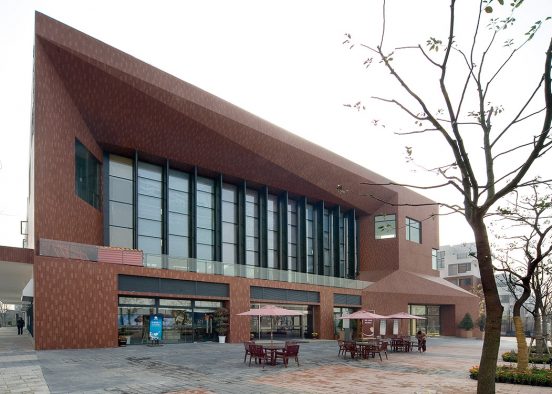
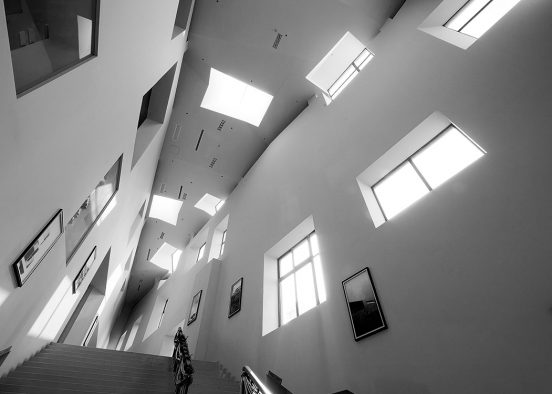
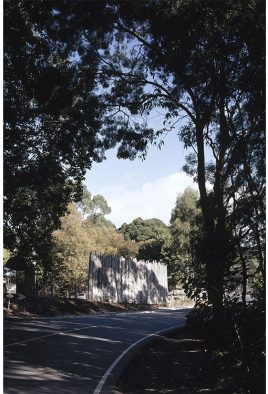
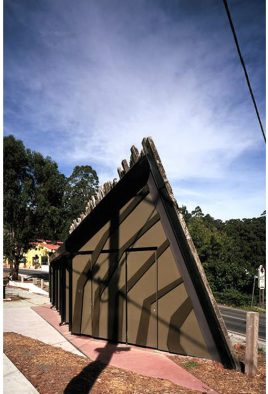













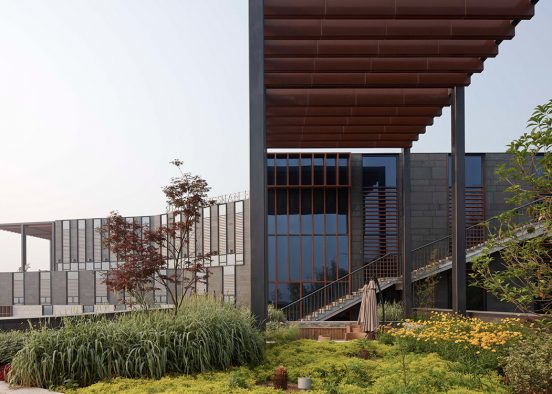








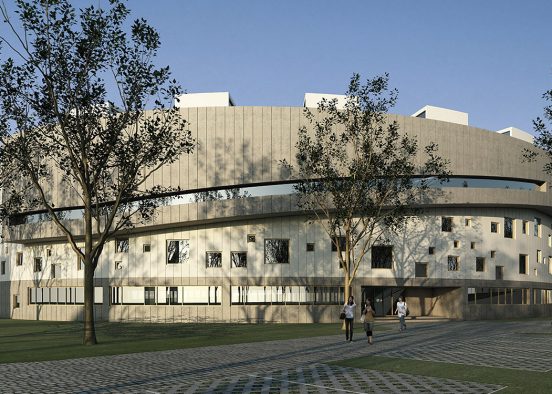







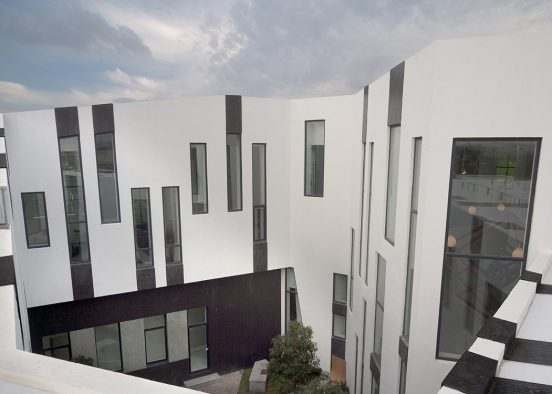








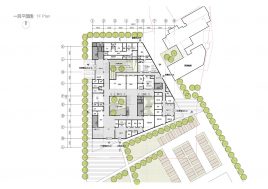


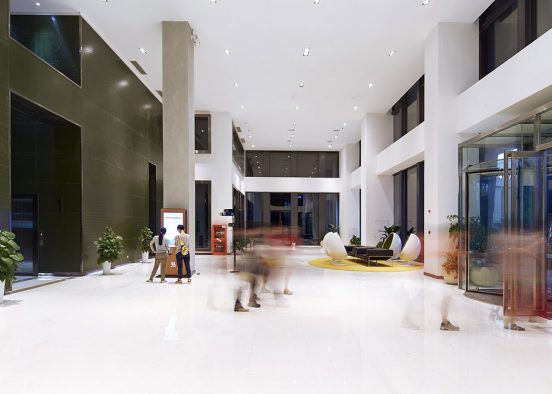

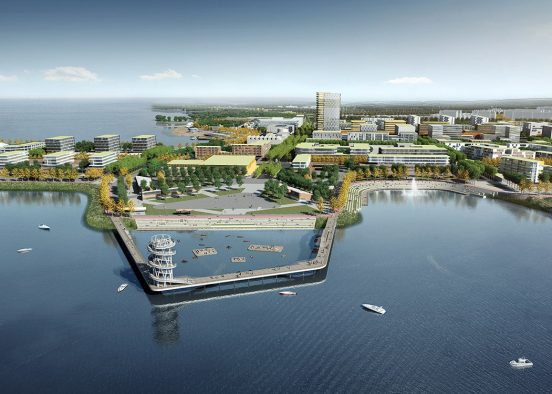





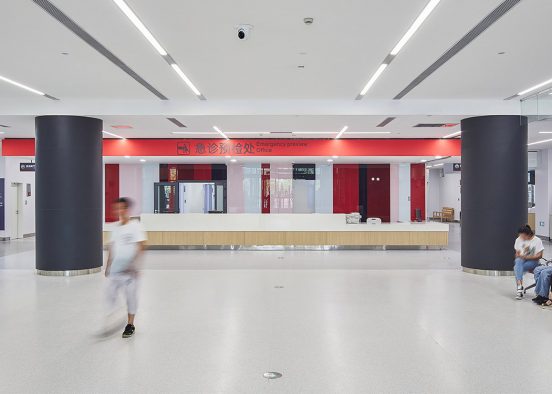




















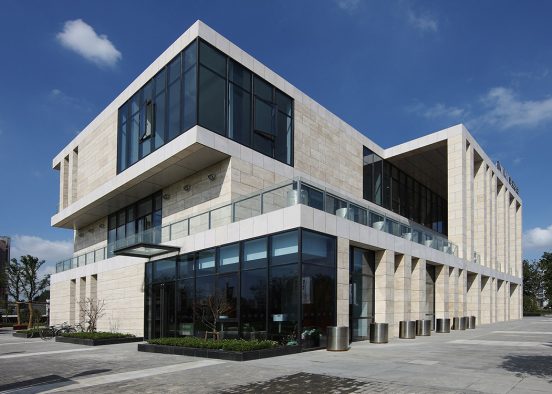










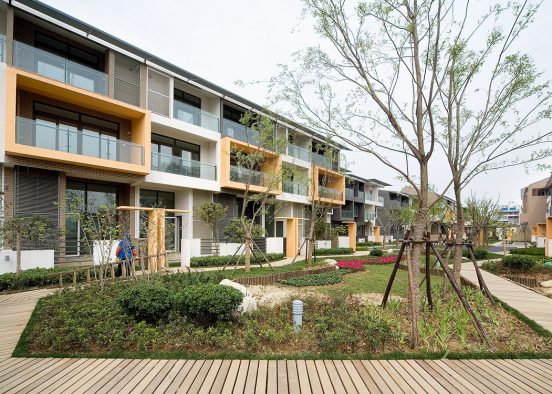
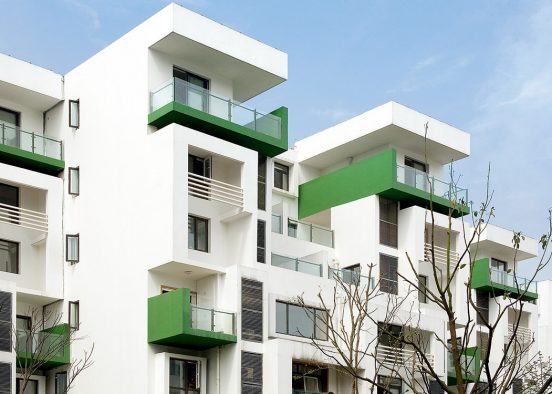









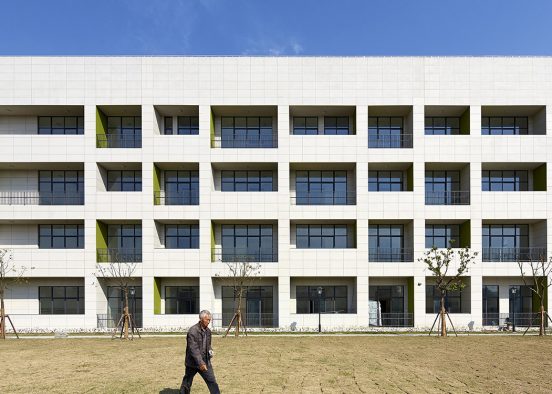
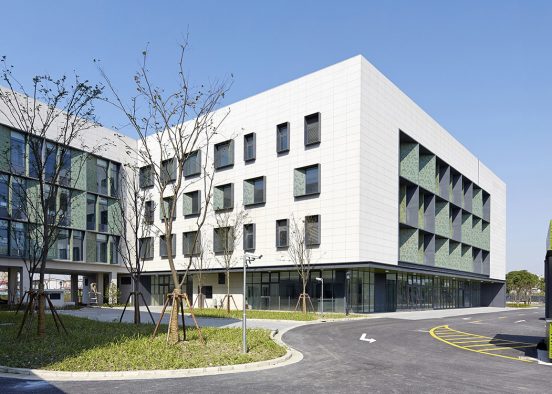


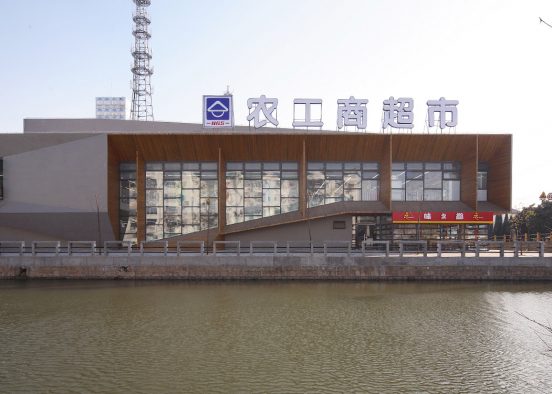
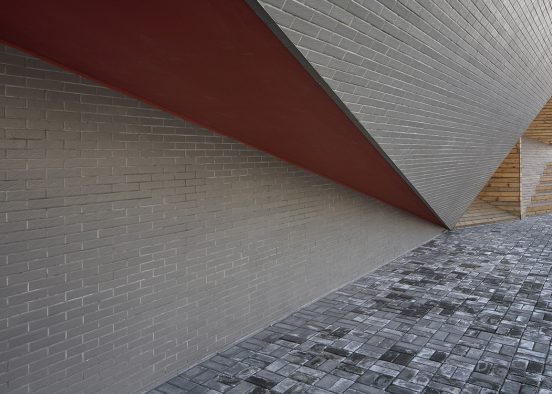

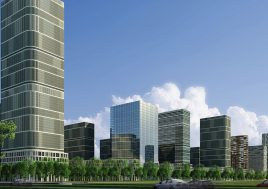



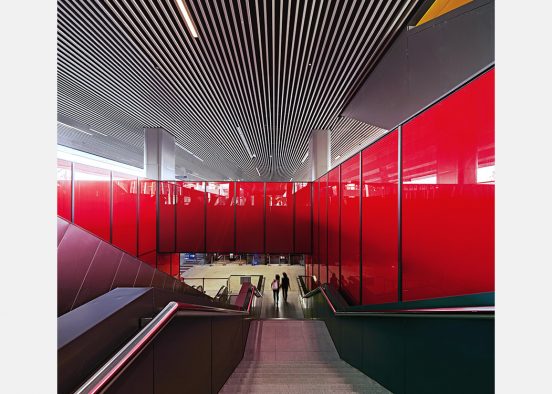


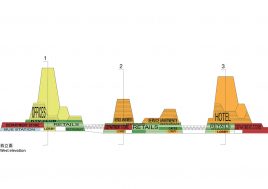







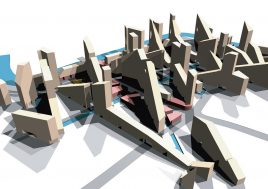



















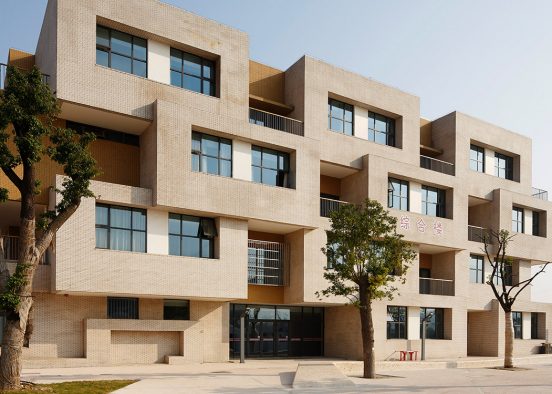



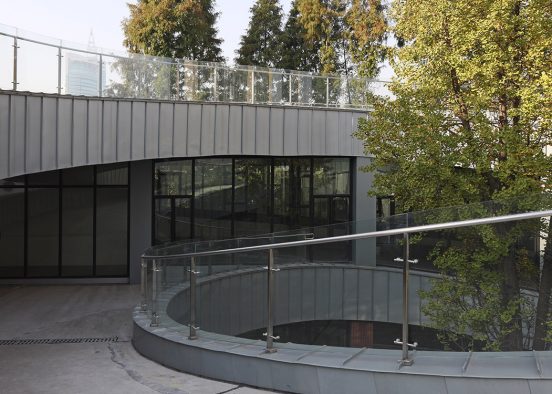
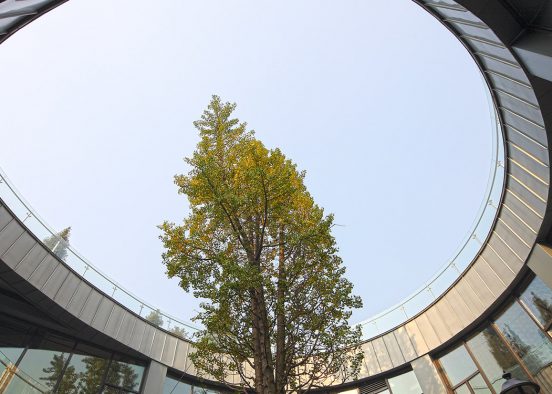



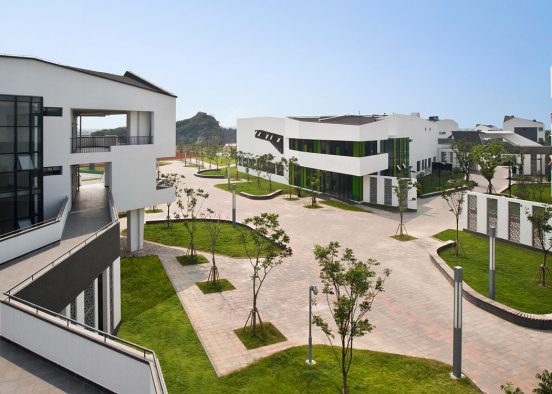




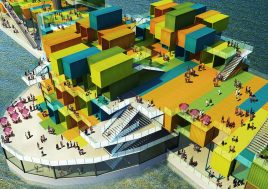












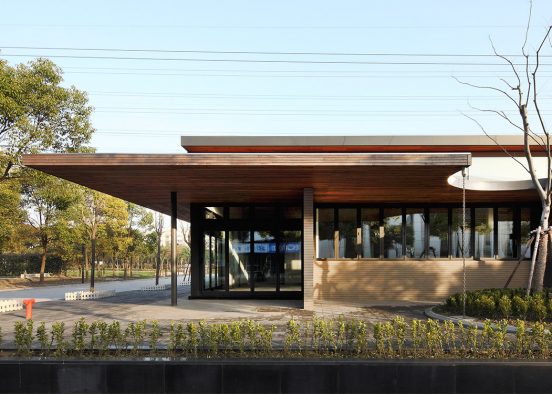








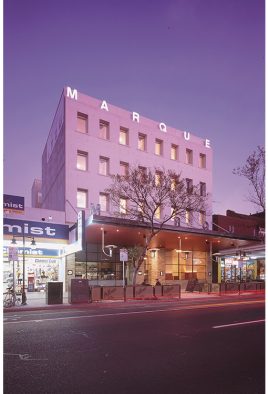














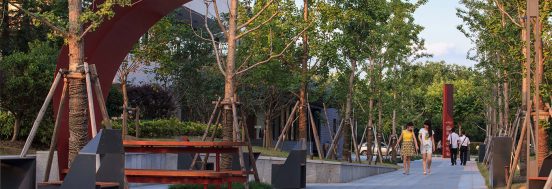

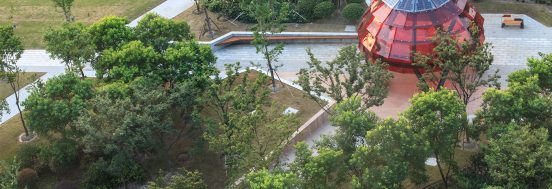

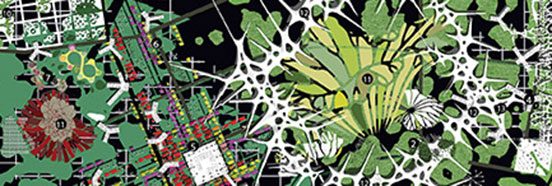













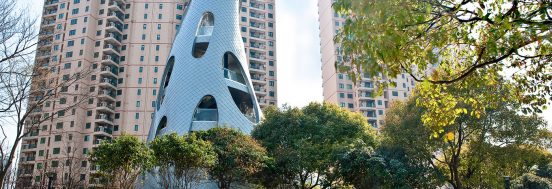
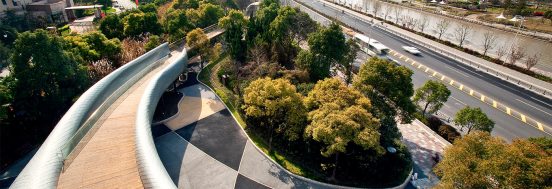




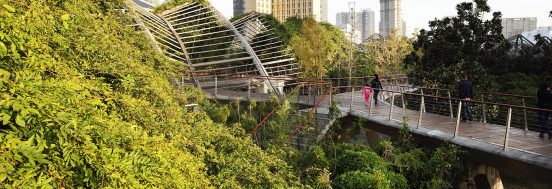
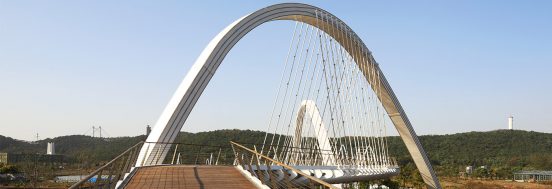
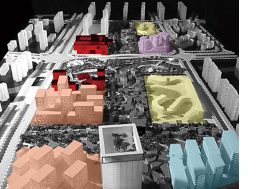

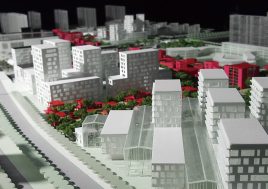






 Back to projects
Back to projects
